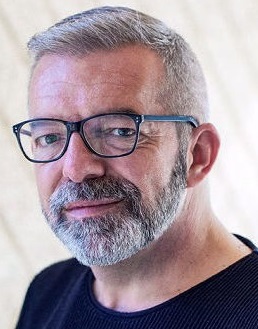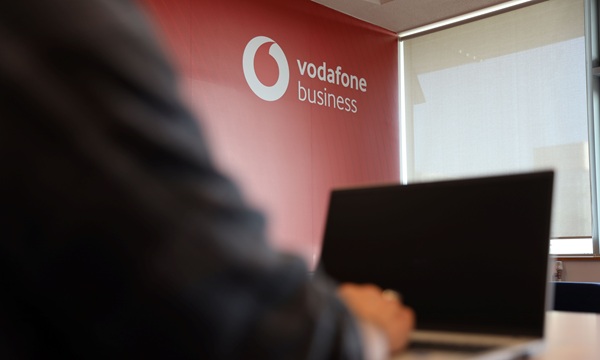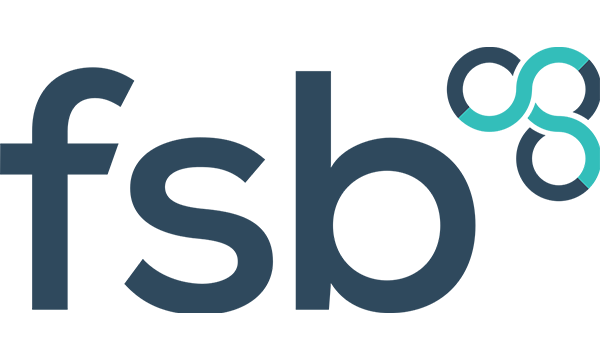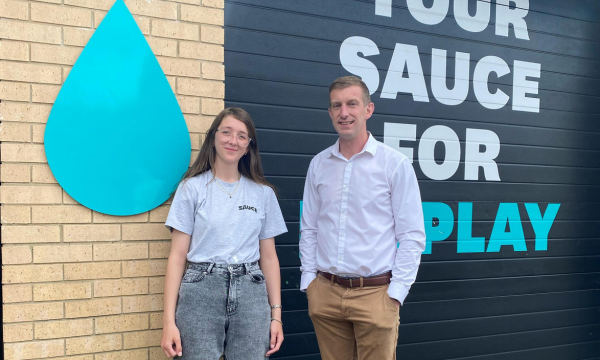 Written by:
Written by:
John Jackson
Industry Editor
To achieve our net zero carbon emission target by 2050 will require a “no stone unturned” approach across the built environment, and we are already witnessing an increase in the progress that’s being made.
This includes the social housing sector where the retrofitting of homes is being proactively supported by the Welsh Government through the Optimised Retrofit Programme, and we are also starting to see a number of new housing developments, such as Parc Hadau, that are zero carbon.
With 40% of emissions in the UK coming from households, bringing this down to zero will play a significant role in achieving our sustainable future. However, all buildings in our built environment, along with the construction process itself, will also need to become as energy efficient as possible. This includes public buildings, commercial properties and even apartment blocks that require different solutions compared to individual houses.
Again in Wales we can see a positive shift towards developing new highly sustainable buildings, with one of the most recent examples being The Technology Centre, currently under construction in Swansea Bay’s, Baglan Energy Park. The Centre will go beyond being zero carbon, and instead will be a net-positive building meaning it will create more energy than it produces. In essence the building itself will be its own power station. Commissioned by Neath Port Talbot Council it will demonstrate inspirational world-leading green technology capabilities. The building is being developed by Morgan Sindall Construction who are working with architectural, engineering and design consultants, IBI Group, and Hydrock. On the basis of its exceptional sustainability credentials the design itself has been given BREEAM ‘Excellent’ certification.
Simon Cambridge, Studio Associate for the IBI Group’s Cardiff office, and their Project Manager for The Technology Centre explains how the building will be able to generate more power than it uses: “Delivery of an energy-positive commercial building relies upon working collaboratively with powerful design and modelling technologies, enabling the design, engineering and construction team to select the most efficient solutions long before construction begins. IBI Group’s parametric modelling approach optimised passive design for the building fabric, helping design team partners model the best possible operational energy performance, airtight build solutions, and renewable and low carbon technologies for heating and cooling. Thanks to a technology-led approach to design and build of the Centre, we expect to deliver an exemplary energy performance ratio, far superior to those stipulated in existing building regulations, and a high-scoring BREEAM Excellent rating.”
The need for creating a sustainable built environment crosses all borders, it's a truly international challenge facing our entire planet. Hopefully, The Technology Centre will offer inspiration to other cities and towns across the world, however as climate conditions vary across the world we increasingly need to identify solutions that take into account, and work with their specific locations. This in itself also allows us to take inspiration from other developments, and assess their suitability for adoption in other locations. So whilst in Wales our cities are skyscraper free, we are at the same time seeing an increase in the number of taller buildings, and on that basis it makes sense to examine how we can embed sustainability into the design of our commercial and residential blocks.
For example, with over seventy sustainability features K11 Atelier King’s Road is a twenty two story office building in Hong Kong that includes greenery that covers an area of 6,700m2. This is more than two times the total site area itself, and this greenery contributes to an annual carbon sequestration of 4 tonnes of CO2. Such Vertical Greenery Systems (VGS) offer a multitude of benefits, including helping to save energy and improve wellbeing for citizens.
Nations are also taking different approaches, and for example last year France announced that it intends for its public buildings to be built with fifty percent wood, and in Norway the 280-foot-tall Mjøstårnet became the tallest timber building in the world when it opened. In our quest for sustainability the materials we use and how we use them will play a key role in the construction of our built environment, and to achieve the net zero carbon buildings of the future a less homogeneous approach to design will become increasingly evident.
Sustainability needn’t only focus on the big changes we need to make, a multitude of small changes also have the potential to make a big difference. Take carpet tiles for example, when spaces are being refurbished regardless of age or condition these tiles are often changed to achieve a new decor scheme, and the old ones end up in landfill. By contrast, Greenstream Flooring based in Porth, recycles, sorts, and grades used carpet tiles. Then they sell them, offering an installation service too. As a social enterprise, Greenstream also runs free events where used tiles are given away to the community.
From the biggest of buildings to the smallest of details, the more emphasis we place on ensuring what we construct in our built environment has sustainability at its very core will help us to mitigate the impact of climate change. It also has the very real potential to create a built environment that is a healthier and more rewarding place for us all to live in. The challenge now is to ensure the sustainability transformation happens at a pace that will see us achieve our zero carbon emissions by 2050.







